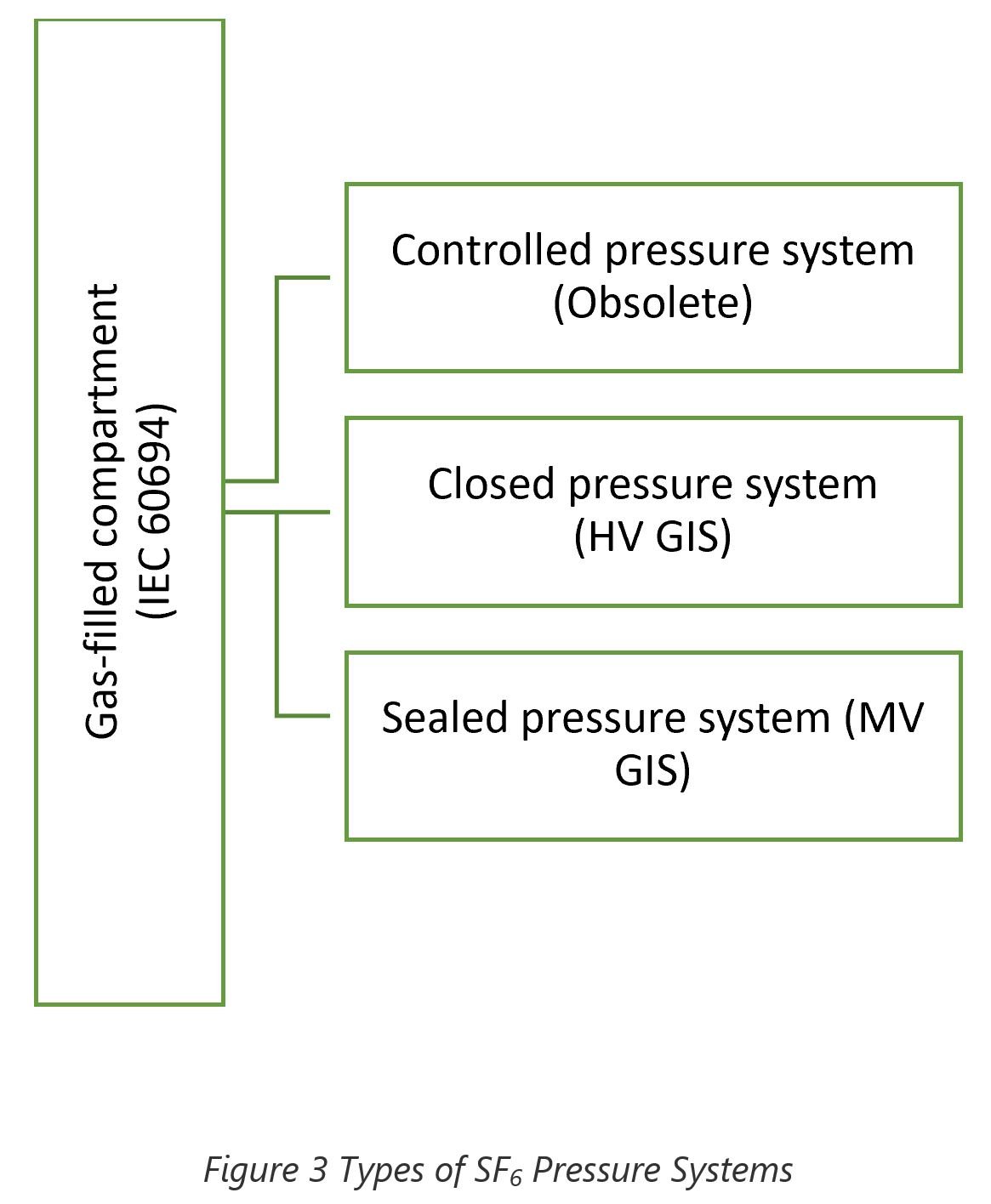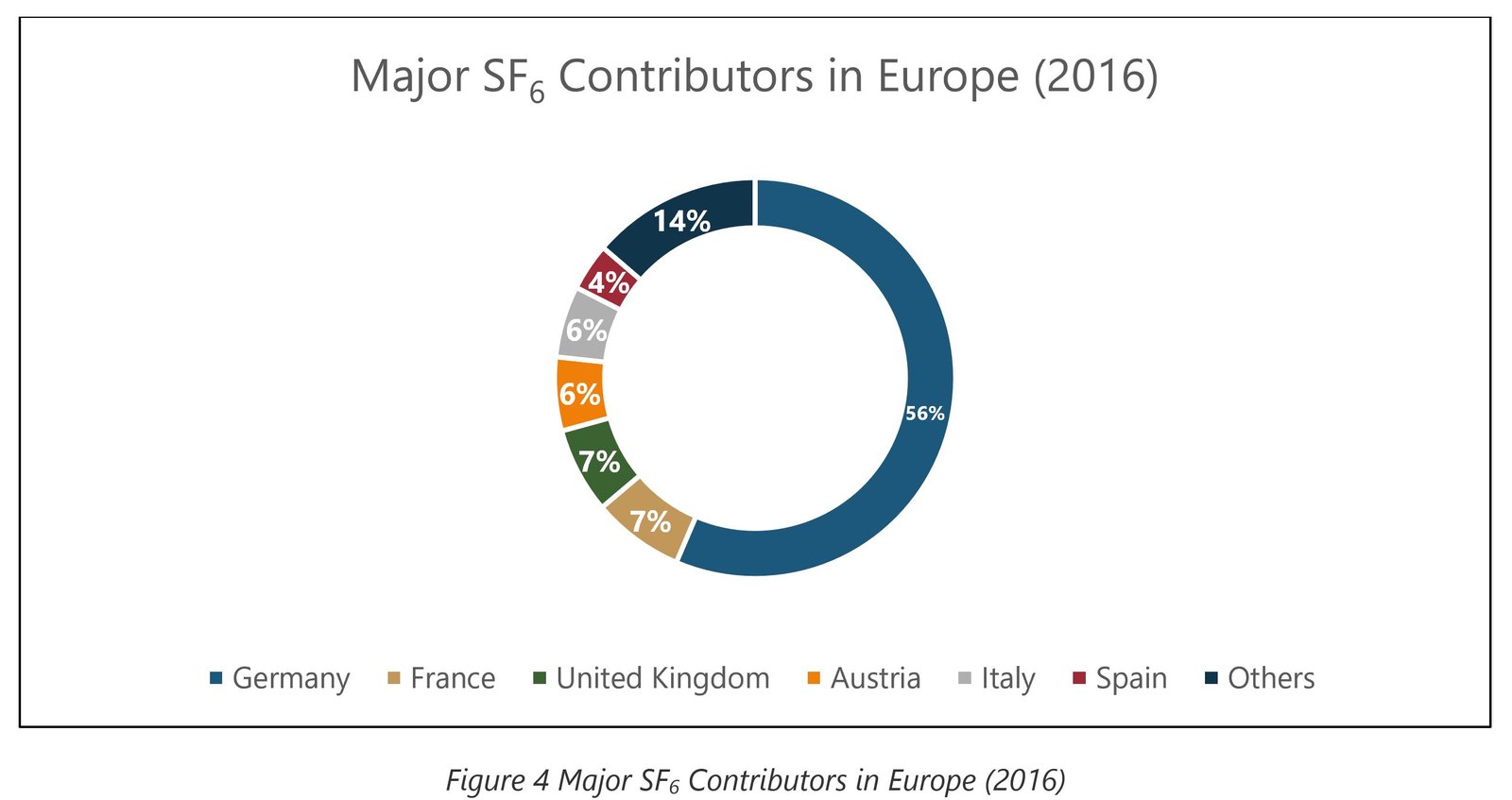The Paris Agreement was a huge milestone in the global effort to combat climate change. Since its announcement, the electrical industry has focused on playing its role in reduction of carbon footprint. A greater push towards renewable energy sources was a natural plan of action. However, fossil fuel-based electricity generation is not the only aspect of electrical industry with negative impacts on the environment. Usage of Sulphur Hexafluoride SF6 in electrical switchgear has also been one of the most debated points in the past many years. As with the evolution of any technology, alternatives of SF6 have been introduced in the last few years, subsequently ushering an era of “Green Switchgear”. Even with the introduction of alternative technologies, SF6 remains the most widely used solution in the market. Does that mean alternative solutions have failed to make an impact? Perhaps might there be a massive shift in the near future as the new technologies become price competitive? This article will analyze that why the emergence of Green Switchgear is yet to eradicate the use of SF6 in switchgear?
Our Primary & Secondary MV Switchgear Market Analysis
Check out more market insights on our blog
Greenhouse Gases
Before jumping into those details, lets first take a step back and understand the rightful concern regarding the negative impact of SF6 on our environment. Greenhouse gases (GHG) are a group of compounds which can trap heat in the atmosphere which results in a warmer earth surface. Gradual increase in GHG is the fundamental cause of global warming which is resulting in climate change. GHG can enter the environment through human activities such as the use of fossil fuels in electricity generation and natural processes like animal and plant respiration. The classification of GHG is given is Figure 1.

F-gases
Unlike other GHG, there is no natural source of Fluorinated Gases (F-gases) and these are introduced in the atmosphere entirely due to human activities such as industrial processes. F-gases are one of the most potent GHG which can stay in the atmosphere for extremely longer period of times. To understand the impact of GHG on the environment, a comparative index called global warming potential (GWP) is used. GWP is a measure of how much energy the emissions of 1 ton of a gas will absorb over a given period, relative to the emissions of 1 ton of carbon dioxide (CO2). The larger the GWP, the more that a given gas warms the Earth compared to CO2 over that time period. The time period usually used for GWP is 100 years. Table 1 shows a comparison of different GHG with respect to their global warming potential and the ability to sustain in the atmosphere.

Table 1. GWP and Lifetime in Atmosphere for GHG. Source: Environmental Protection Agency

Figure 2. Comparison of GHG. Source: Environmental Protection Agency
Sulfur hexafluoride (SF6)
Sulfur hexafluoride (SF6) is one of the most stable gaseous chemical compounds due to its inertness (Its inertia is comparable with nitrogen (N2) gas) and incombustible nature. It has been more than 6 decades since SF6 is being used in electrical equipment. In fact, Switchgear amounts to 90% of the electronic equipment that uses SF6. Despite being an extremely harmful greenhouse gas, these are its electrical properties which have made its use quite common among electrical industry. One of the most prominent factors is its excellent dielectric property, almost 2.5 times higher than air, under the same conditions. Moreover, because of its low dissociation temperature and high dissociation energy, it is an excellent arc-quenching gas. These two properties of SF6 are the main reasons for its use in Gas Insulated Switchgear (GIS) since the 1960’s and its demand has continuously been intensifying with the increasing industry worldwide. In case of Europe, although SF6 usage has been banned for majority of applications, however, in the recent years there has been a surge in the usage of SF6 in Switchgear. Alarmingly, this trend is likely to accelerate because of the introduction of a decentralized electricity grid in Europe. The key value proposition offered by GIS is smaller footprint, which happens to be a crucial requirement for switchgear used in renewable generation (specially wind). Consequently, renewable generation acts as a key driving force for GIS market.
Regulations and Policies
Policy makers and environmentalists are not oblivious towards the negative impact of SF6 on the environment. SF6 gas in a contained environment (such as switchgear) does not have any impact on the surroundings. Which means that the concern originates from the leakage of the gas while handling (installation or decommissioning of switchgear) or leakage throughout the operation of the equipment. Hence all legislations and policies are focused on these aspects of a switchgear. For example, the overwhelming concern surrounding SF6 motivated the European Union (EU) to form several rules and regulations that directly affect the switchgear. The “REGULATION (EU) No 517/2014” has articles related to leakage rates, recovery, and decommissioning of electric switchgear containing SF6 gas. In order to reduce the overall emissions of F-gases, EU adopted a regulation in 2006 which was later revised in 2014. The overall goal of the regulation was designed around cutting down EU’s F-gas emissions by two-thirds in 2030 as compared to 2014 levels. This regulation around F-gases is initiated by its Climate Action’ program to reduce EU’s greenhouse gases by 40% by 2030 as compared to 1990. In addition to this EU regulation, International organizations such as IEC, IEEE and CIGRE and local organizations like VDE have defined standards and regulations around the complete lifecycle of switchgear. These regulations include the maximum allowed leakage limits which must be followed by the manufacturers of GIS. Additionally, such regulations also dictate the handling of SF6 gas at switchgear’s end-of-life. Furthermore, a study carried out by Environment Protection Agency demonstrated that the lower and upper bound weighted-average leak rate of HV Circuit Breakers lie between 0.2 to 2.5 percent per year. To put things in perspective, according to NEMA’s SF6 management guidelines as well as IEC guidelines for new equipment, the leakage rate is 1 percent per year and 0.5 percent per year respectively. Even though, the upper bound is considerably higher than both the NEMA and IEC guidelines, nevertheless the lower bound is well below the NEMA and IEC recommendations. These regulations and guidelines mentioned above make it extremely hard for the leakage of SF6 to go unchecked. Add to this the fact that SF6 pressure systems are now mostly “sealed for life”, any real chance of leakage is infinitesimal. Figure 3 demonstrates the types of SF6 pressure systems in usage nowadays along with the technology they are used for. These strict rules and regulations might be one of the factors contributing to SF6 based Switchgear not being completely replaced by SF6 alternative technologies.

Major Contributors of SF6
Rather intriguingly, Germany is the biggest contributor to SF6 emissions in Europe. Primarily, due to a very high installed base of SF6 based Switchgear. Outside Europe, United States and Japan are also major contributors towards the SF6 emissions. Though, both USA and Japan have shown continues downward trend in the SF6 emissions as depicted in Figure 5.

Source: United Nations, PTR

Source: United Nations, PTR
SF6 Alternatives
Since the 2010’s OEM’s like ABB, Eaton, General Electric, Schneider Electric and Siemens have made the shift towards promoting clean or green switchgear. SF6 is used as an insulating medium in Switchgear and the SF6 free Switchgear, while having all the same advantages as SF6 based Switchgear, such as compactness, uses environmentally safe insulating mediums. This is the reason behind the massive appeal of SF6 alternatives. Blue GIS offered by Siemens is F-gas free and has a GWP of less than 1. Similarly, there is a wide variety of SF6 free MV Switchgear being offered by Eaton. These SF6 alternative solutions include vacuum technology and solid insulated Switchgear designs. Their SF6 free product range includes MMS, SVS, and Xiria to name a few. In addition to this, Eaton along with Coteq, USG Industrial Utilities, Driescher, and Nuventura are part of the Green Switching Initiative that promotes and champions the use of SF6 alternatives whenever and wherever possible. ABB likewise offers HV and MV Switchgear with an SF6 free breaking medium that has 99.99% lower GWP. Then General Electric’s answer to SF6 is their g3 technology. Last but certainly not the least, Schneider Electric is also a major advocate for sustainable Switchgear, offering SF6 free switchgear that is powered by Air and Digital.

Source: Manufacturer Websites
The installed base of GIS in MV Secondary Switchgear is so huge that it is not economically feasible for utilities and industries to just flip this scenario. Therefore, it will take time for SF6 alternatives to completely obliterate SF6 as an insulation technology in Switchgear. In addition to this, according to PTR, Southeast Asian countries like Malaysia, Singapore, and Thailand are using SF6 based GIS due to space constraints. For these countries, GIS accounts for more than 85% of the total MV Secondary Switchgear business. So even though there is a trend towards switching to clean, environmentally friendly switchgear, there is no indication that the use of SF6 gas in switchgear is going to become nonexistent in the imminent future. There should be a deliberate attempt by regulators to avoid the use of SF6 based switchgear and by switchgear manufacturers to stop producing SF6 based switchgear. Companies should concentrate on the total cost of ownership rather than the initial purchasing price of Switchgear. Furthermore, independent evaluations done in the last decade have proved that SF6 free Switchgear is more cost-effective when the complete lifetime of Switchgear is considered. If enough pressure is placed on companies and regulatory bodies, a few years down the lane, the idea of only environmentally friendly Switchgear being adopted in all sectors does not seem farcical.
Will SF6 Get Banned in 2020?
Despite having excellent dielectric properties, SF6 is a GHG and to make matters worse it has the highest GWP. Hence, making it the most dangerous GHG. Strict rules and regulations are being implemented around the world to limit the SF6 emissions which in turn mitigates its contribution to climate change. Nevertheless, the replacement of SF6 by alternative technologies is inevitable. Numerous sustainable options are already available at hand and more will surely follow in the future. The pathway to a clean, sustainable and green grid is laid out for us. Especially because from a legislative aspect, a big event is in the pipeline. Not only has the Federal Environment Agency formalized their stance on banning SF6 usage in new MV Secondary Switchgear but also on 1st July 2020 the European Commission will publish a report in which it will assess whether the SF6 alternatives available in the market are “technically feasible”, “energy-efficient” and within the buying power of companies. If all of this is found true, then the Commission will prohibit the use of SF6 in new MV Secondary Switchgear being manufactured.
Contact:
Lead Analyst Switchgear aleezeh.shahid@ptr.inc
Business Development Salman.khan@ptr.inc
+49-89-12250950
+1-408-400 3765